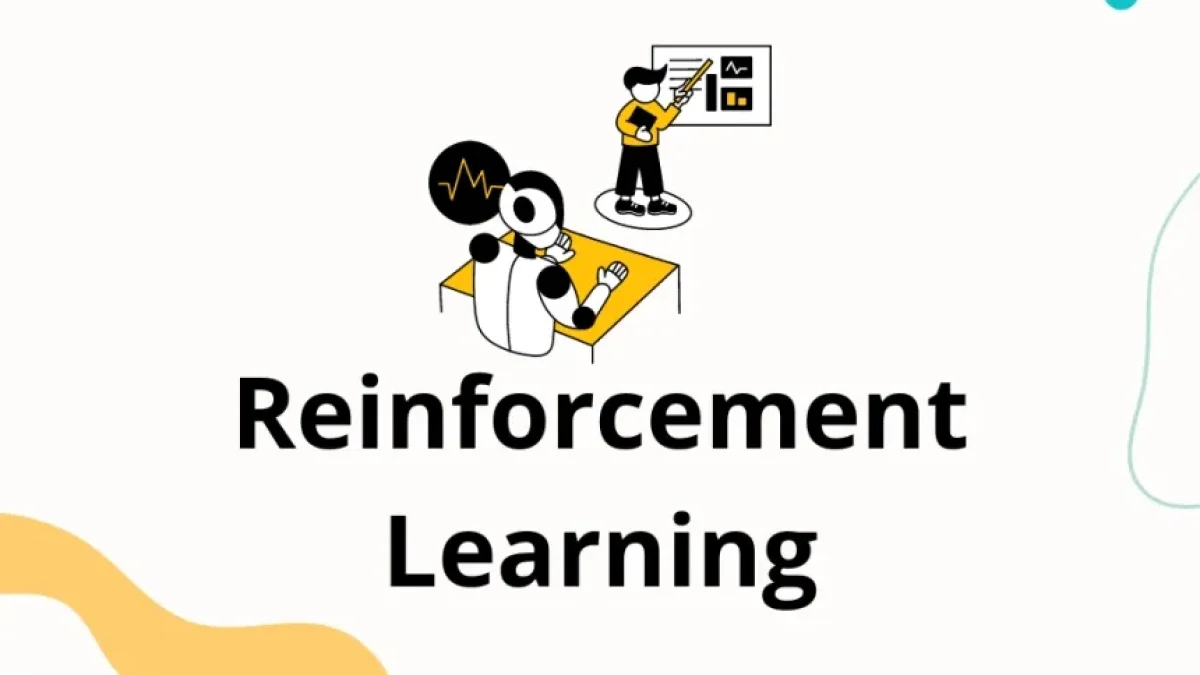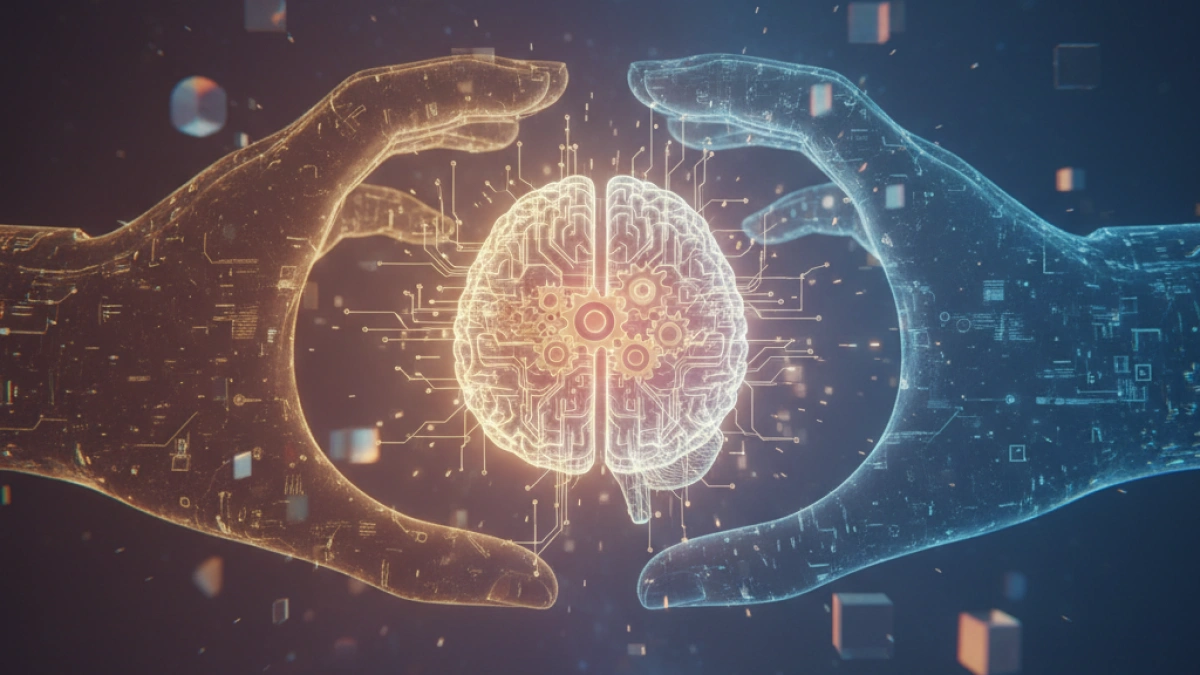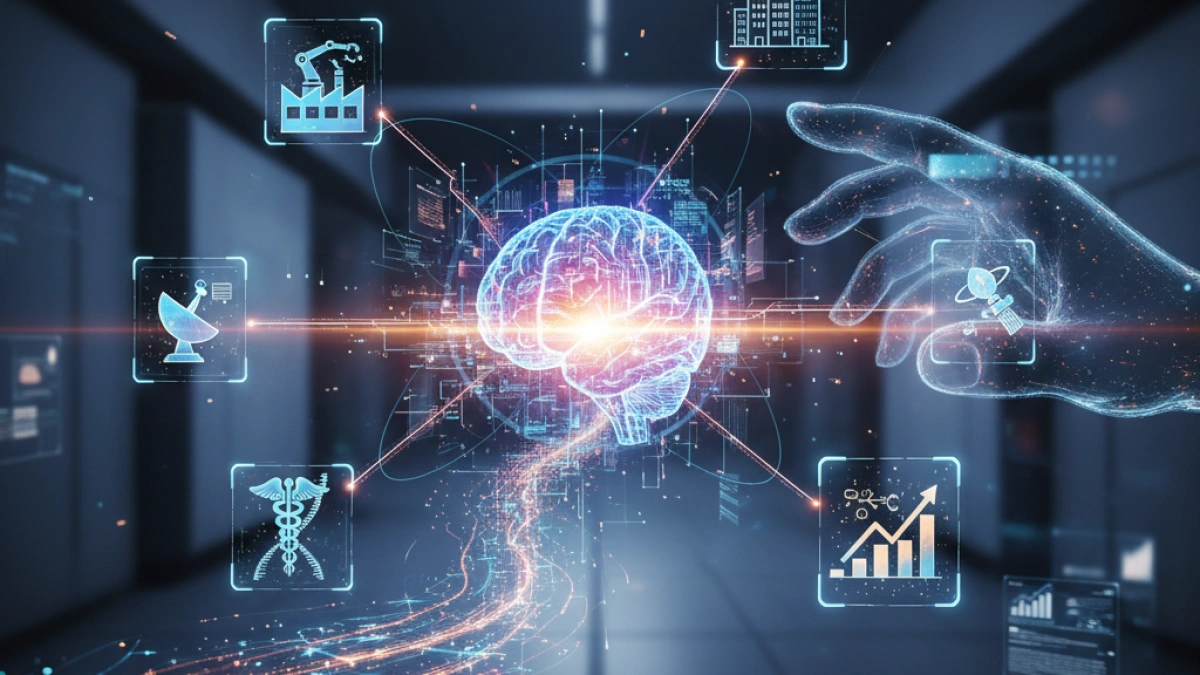What is Reinforcement Learning in Artificial Intelligence?


Reinforcement learning is a subfield of machine learning within artificial intelligence that focuses on how agents can make decisions based on interactions with their environment. Unlike other learning methods, such as supervised learning, reinforcement learning does not require labeled data. In this article, we will explore in depth what reinforcement learning is, how it works, its applications, and the challenges it faces.
How Does Reinforcement Learning Work?
Reinforcement learning is based on a system of rewards and punishments. Below are the key elements that compose it:
Agent
The agent is the entity that makes decisions. This can be a robot, software, or any other system that interacts with an environment.
Environment
The environment is everything that surrounds the agent. It is where the agent operates and where it receives information about its current state and the consequences of its actions.
Read also
State
The state is a description of the environment at a given moment. It can include any relevant information that the agent needs to make decisions.
Action
The action is what the agent chooses to do. It can be a physical movement in the case of a robot or a strategic decision in software.
Reward
The reward is the feedback that the agent receives after taking an action. It can be positive or negative, and its aim is to guide the agent towards optimal behavior.
Read also
Policy
The policy is a strategy that the agent uses to choose actions based on the current state. It can be deterministic or stochastic.
Reinforcement Learning Algorithms
There are several popular algorithms used in reinforcement learning, each with its own characteristics and applications:
Q-Learning
Q-Learning is a reinforcement learning algorithm that allows the agent to learn the quality of the actions taken in each state. It uses a Q-table to store action values, which are updated over time as the agent interacts with its environment.
Deep Q-Networks (DQN)
Deep Q-Networks combine Q-Learning with deep neural networks. This enables the agent to handle complex environments where the number of states and actions is so large that using a Q-table becomes impractical.
Policy-Based Algorithms
Policy-based algorithms allow the agent to learn an optimal policy directly without needing to estimate the value of actions separately. Examples include Proximal Policy Optimization (PPO) and Actor-Critic.
Applications of Reinforcement Learning
Reinforcement learning has a wide variety of applications across different fields:
Games
One of the most visible areas is video games. AI agents have learned to play and win against human players in games like Go, DOTA 2, and many others.
Robotics
In robotics, reinforcement learning is used to teach robots to perform complex tasks, such as manipulating objects or navigating in unknown environments.
Finance
In the financial sector, it is applied in the design of investment strategies where an agent learns to maximize profits and minimize risks through experience.
Healthcare
In the field of healthcare, reinforcement learning can be used to optimize personalized treatments, adjusting medication according to patient response.
Challenges of Reinforcement Learning
Although reinforcement learning has great potential, it also faces several challenges:
Exploration vs. Exploitation
A key challenge is the exploration-exploitation dilemma. The agent must decide whether to explore unknown actions or exploit actions that have already proven successful.
Scalability
Scalability of reinforcement learning is another concern. As the complexity of the environment increases, the number of states and actions can become prohibitive for current algorithms.
Safety and Ethics
Reinforcement learning systems can have tacit problematic decisions, especially in critical applications. Ethics and safety are concerns that must be addressed thoroughly.
Conclusion
Reinforcement learning is a powerful paradigm in artificial intelligence that enables agents to learn through interaction with their environments. From games to applications in robotics and healthcare, its ability to learn from experience has impressive potential. However, there are significant challenges that must be overcome for this technology to be implemented ethically and effectively in the future.
This article provides an overview of reinforcement learning, its components, algorithms, and applications. Understanding these elements is key to appreciating the potential impact that this technology may have in our world.



















